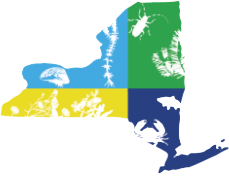Biodiversity and Conservation
Biological Control
Pupation behavior and larval and pupal biocontrol of Drosophila suzukii in the field
Biological Invasions
Global networks for invasion science: benefits, challenges and guidelines
Manipulating propagule pressure to test the invasibility of subtidal marine habitats
A review of global instruments to combat invasive alien species in forestry
Diversity and Distributions
Birds as key vectors for the dispersal of some alien species: Further thoughts
Ecology
Plant-soil feedbacks in declining forests: implications for species coexistence.
Ecosphere
Forest Ecology and Management
Beech bark disease in North America: Over a century of research revisited
Journal of Applied Ecology
Invasive species management will benefit from social impact assessment
Journal of Ecology
Invasive seaweeds transform habitat structure and increase biodiversity of associated species
Journal of Forest Economics
Management of Biological Invasions
Oecologia
Invasive planktivores as mediators of organic matter exchanges within and across ecosystems
Plant and Soil
PLoS One
PNAS
Predicting invasion winners and losers under climate change
Climate change both facilitates and inhibits invasive plant ranges in New England
Scientific Reports
Soil Biology and Biogeochemistry
Trends in Ecology & Evolution
Invasion Science: A Horizon Scan of Emerging Challenges and Opportunities

